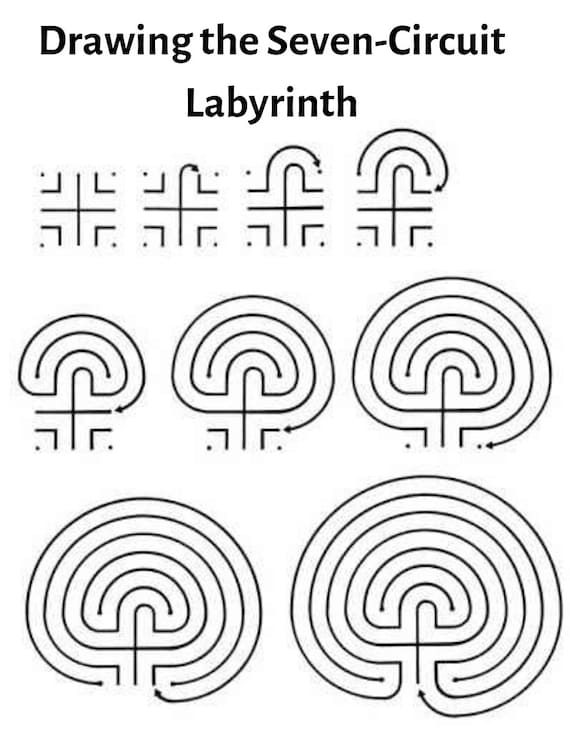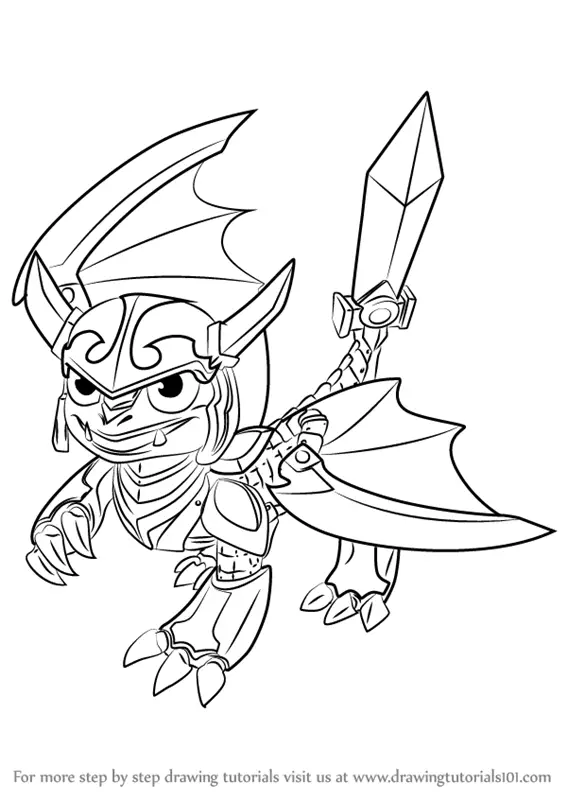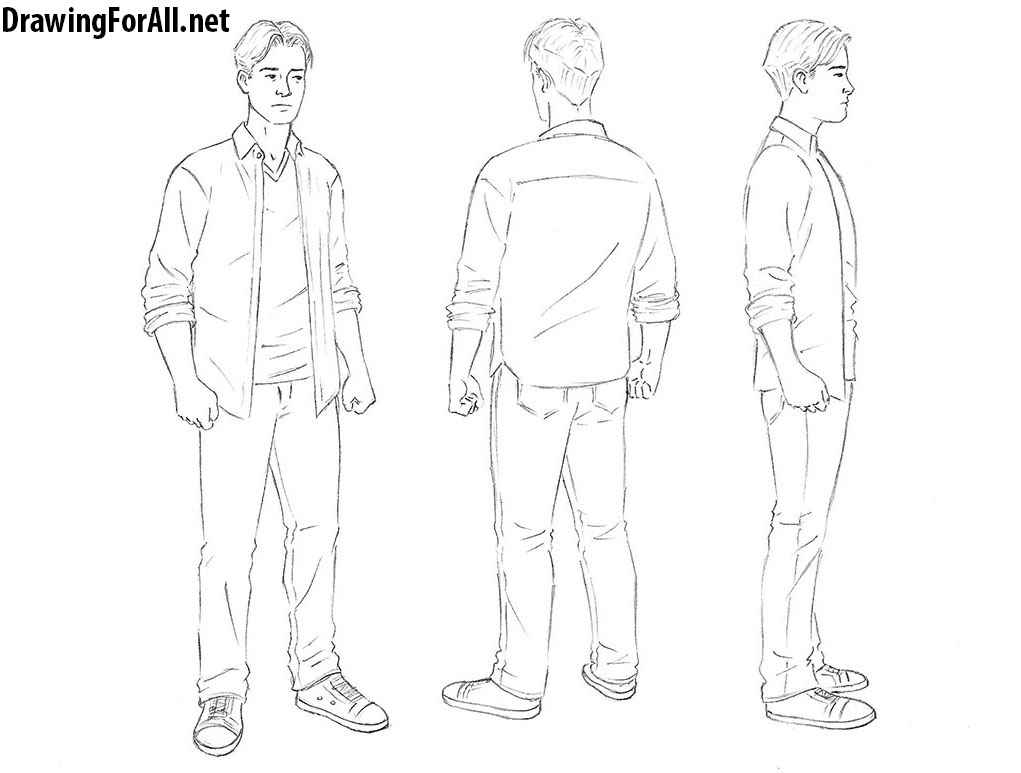Oblique projection drawing objects projections isometric drawings google gif au choose board
Table of Contents
Table of Contents
Are you fascinated by architectural drawings or just love to create precise and accurate drawings? Drawing oblique projection drawings is an essential skill that can turn your passion into a career. It’s a rare talent that can help individuals create a variety of drawings, including architectural designs, furniture, and even interior design projects. With this ability, any artist can create detailed and sophisticated drawings.
When drawing an oblique projection, the most common pain point is making the drawing proportional and connected while maintaining one-point perspective. It can take some time and practice to master the technique, but it’s all worth it once you’ve mastered the skill.
For those who want to learn how to draw oblique projection drawings, the first step is to determine the height, width, and depth of the object that you want to draw. Once you have these dimensions, create a rectangle with the height and width dimensions. Then, draw a line from the lower left corner to the top middle portion of the rectangle to represent the height of the object. Once you have the height line, continue and draw the depth lines on either side of the height line.
Creating oblique projection drawings can be challenging, but it’s worth it. Once you’ve learned the basics, you can explore different styles and techniques to apply to your drawings. The key to creating realistic drawings is to keep everything in one-point perspective so that the drawing looks connected and proportional.
How to Draw Oblique Projections in Action
I remember the first time I created an oblique projection drawing. I was working on a furniture design project, and the client needed an accurate representation of the piece before giving the green light to build it. The outcome was stunning, and the client was pleased.
If you want to create an oblique projection drawing, always start by determining the width, height, and depth of the object. Then, draw the rectangle and mark the height with a single line from the lower left corner to the top middle portion of the rectangle. From there, draw the depth lines on either side of the height line. Once you’ve completed the basics, you can start exploring variations that match your style.
Creating Oblique Projection Drawings with Accuracy
One of the essential things about oblique projection drawings is to keep everything in one-point perspective to maintain connection and proportion. In the construction industry, architects and designers use this technique to create plans and designs of buildings that ensure accuracy.
When creating oblique projection drawings, it’s crucial to take your time and be meticulous with every detail. Draw the lines precisely and use proper measurements to get the correct dimensions. Additionally, try using a ruler and pencil for more accurate and precise measurements.
Learning the Tricks of the Trade with Oblique Projections
Creating an oblique projection drawing requires a lot of skill and practice. One of the tricks of the trade is to avoid drawing freehand as much as possible. Instead, use tools like rulers, straight edges, and other drafting tools to ensure preciseness.
When starting, focus on simple shapes before advancing to more complex designs. It’s also necessary to practice and experiment with different styles to define and hone your skill.
Exploring Your Options with Oblique Projections
Oblique projections provide a lot of versatility when it comes to creating designs. When planning a project, designers and architects can choose from different styles, including cavalier, cabinet, and military projection. Each style has unique features and benefits that you can explore to create the perfect project for your client.
Frequently Asked Questions
Q: What is oblique projection drawing?
A: Oblique projection drawings are a type of pictorial drawing that represents the height, width, and depth of an object in one view.
Q: What is the purpose of oblique projection drawing?
A: The purpose of oblique projection drawings is to create a visual representation of an object.
Q: What are the different types of oblique projection drawings?
A: The three primary types of oblique projection drawings are cavalier, cabinet, and military projection.
Q: Do I need drawing experience to create oblique projection drawings?
A: While it’s helpful to have some drawing experience, it’s not necessary. You can learn the basics and continually practice to hone your skill.
Conclusion of How to Draw Oblique Projections
Learning how to draw oblique projections is a unique and fascinating talent that can turn any passion into a career. It takes time, dedication, and practice to hone the skill, but once you’ve mastered the basics, the possibilities are endless.
Remember to focus on accuracy and preciseness when creating oblique projection drawings. Always take your time and be meticulous with every detail. With these tips, you can create unique and sophisticated designs that impress your clients every time.
Gallery
Whiteboard Perspective | Oblique Drawing, Axonometric Drawing

Photo Credit by: bing.com /
Oblique-drawing | Oblique Drawing, Drawing Angles, Drawings

Photo Credit by: bing.com / oblique projection pictorial cavalier projections civilseek horizontal
Luxury 30 Of Oblique Drawing Cavalier And Cabinet | Ucg-gvoj2

Photo Credit by: bing.com / oblique cavalier wallp
Oblique-projection | Isometric, Drawings, Architecture Concept Drawings

Photo Credit by: bing.com / drawings oblique isometric projection shapes architecture choose board
Pin On FORMES GEOMETRIQ & PROJECTION

Photo Credit by: bing.com / oblique projection drawing objects projections isometric drawings google gif au choose board





